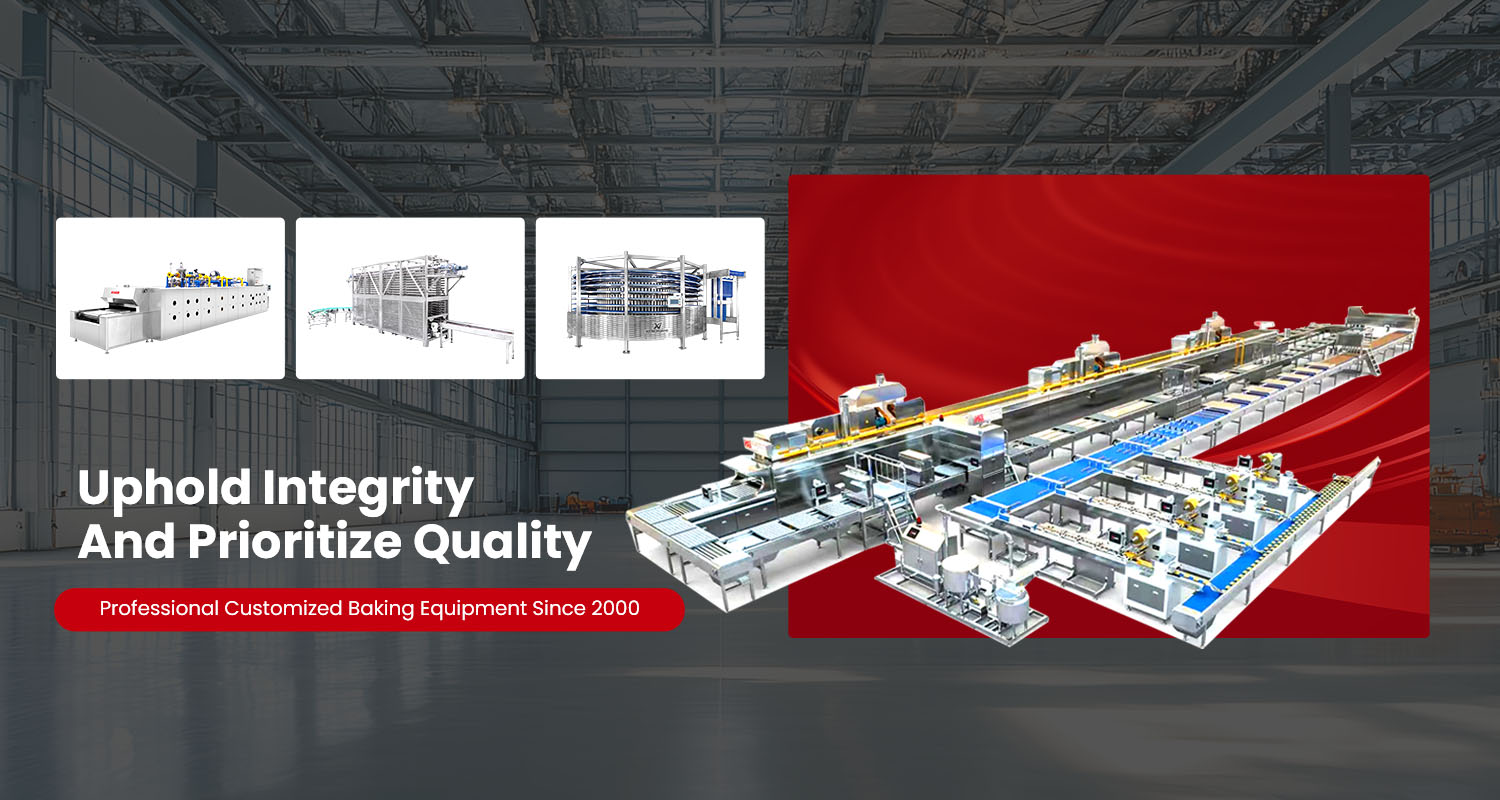How Full Automation is Reshaping the Industry with Unmatched Advantages?
The global food equipment sector is experiencing an unprecedented transformation as fully automated production lines become the new standard, offering game-changing benefits across the entire production chain. This shift is driven by a perfect storm of labor shortages, increasingly stringent food safety regulations, and the relentless pursuit of operational excellence. Leading manufacturers are now implementing smart conveying systems that combine cutting-edge technologies to create seamless, intelligent production environments with significant competitive advantages.
Key Advantages of fully automated food conveying systems
1. Unparalleled Production Efficiency
Automated food conveying lines deliver remarkable productivity gains through:
- 24/7 continuous operation without fatigue-related slowdowns
- Precision synchronization between processing stages that eliminates bottlenecks
- Adaptive speed control that dynamically adjusts to optimal throughput levels
- Quick changeover capabilities reducing downtime between product runs by up to 80%
A recent case study from a North American frozen food plant showed a 60% increase in output after implementing a fully automated conveying system with intelligent traffic management.
2. Superior Product Quality and Consistency
Automation ensures:
- Gentle product handling with precisely controlled acceleration/deceleration
- AI-powered vision inspection detecting defects at 200+ items per second
- Exact portion control and positioning for packaging
- Elimination of human-contact contamination risks
3. Enhanced Food Safety Compliance
Modern systems address critical hygiene requirements through:
- Self-cleaning designs with antimicrobial surfaces
- Closed-system conveying that prevents environmental contamination
- Automated CIP (Clean-in-Place) systems ensuring consistent sanitation
- Full traceability with block chain-integrated tracking
4. Significant Labor Optimization
While maintaining food safety, automation solves workforce challenges by:
- Reducing direct labor needs by 40-60% in conveying operations
- Eliminating repetitive strain injuries from manual handling
- Reallocating staff to higher-value supervision and quality roles
- Operating in environments challenging for human workers (extreme temps, etc.)
5. Remarkable Sustainability Benefits
Automated conveying contributes to ESG goals through:
- Energy recovery systems reducing power consumption by 25-30%
- Precision routing that minimizes product waste
- Optimized cleaning cycles saving water and chemicals
- Longer equipment lifespan through controlled operation
6. Data-Driven Continuous Improvement
Smart conveying systems provide:
- Real-time performance analytics for instant adjustments
- Predictive maintenance alerts preventing unplanned downtime
- Production traceability for quality assurance
- Cloud-based monitoring accessible from anywhere
Implementation Considerations
While the advantages are clear, successful automation requires:
- Careful system design matching specific product characteristics
- Phased implementation to minimize disruption
- Staff training programs for new maintenance skills
- Reliable after-sales support partnerships
The market outlook remains exceptionally strong, with the global automated food equipment sector projected to grow at 7.8% CAGR through 2030. Early adopters are already seeing ROI periods of 2-3 years through combined gains in productivity, quality, and operational savings.
For food manufacturers, the question is no longer whether to automate, but how to strategically implement these technologies to maximize their numerous advantages while future-proofing their operations. Companies that embrace intelligent conveying automation will lead in productivity, safety, and sustainability - while those that delay risk becoming uncompetitive in an increasingly technology-driven marketplace.






